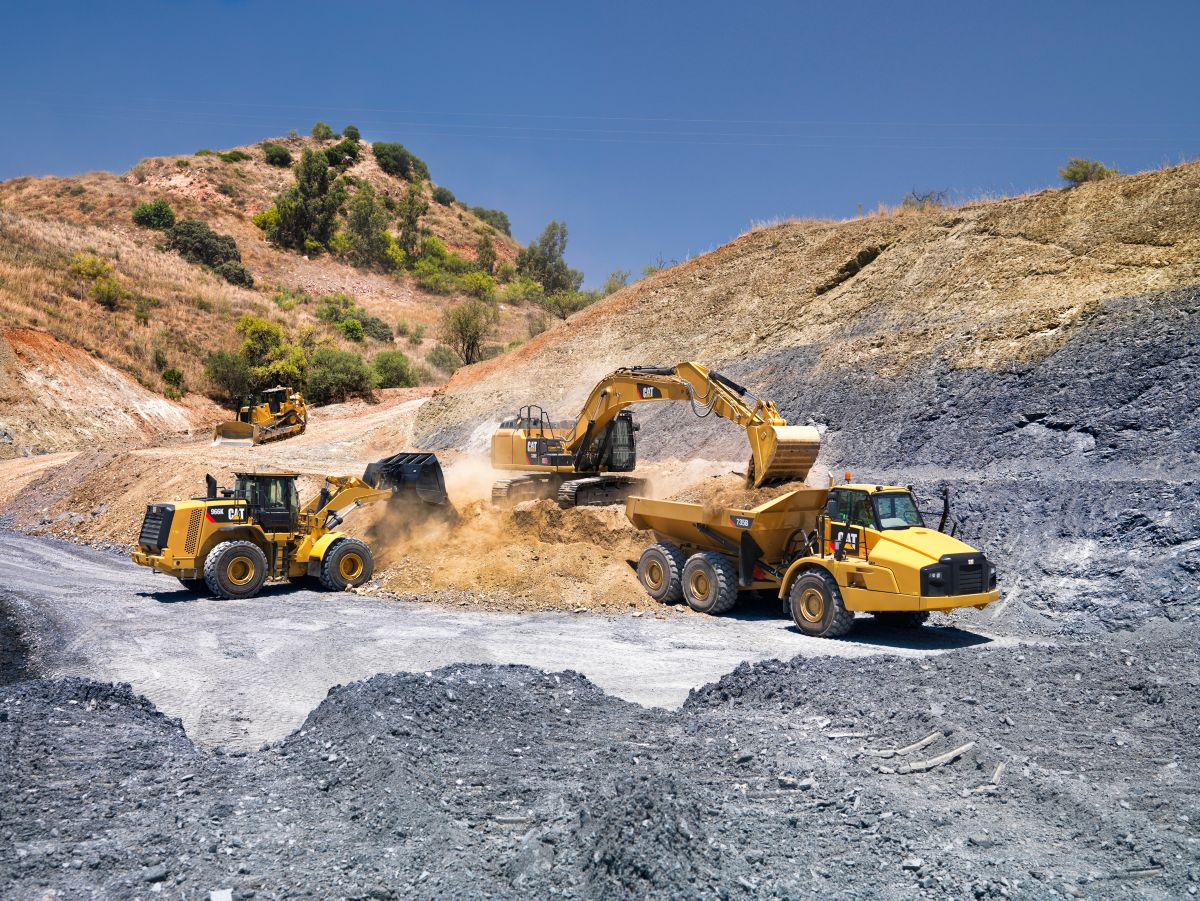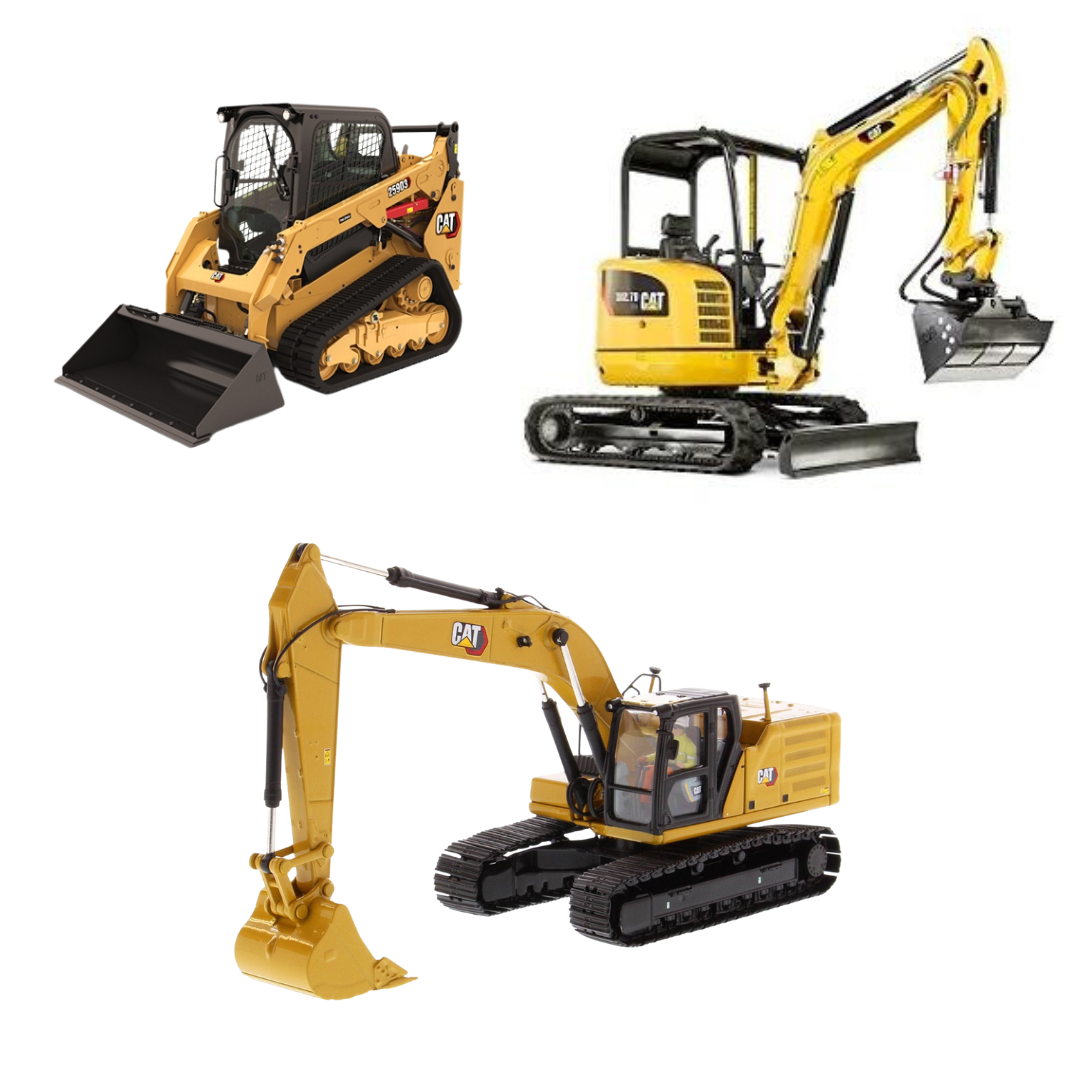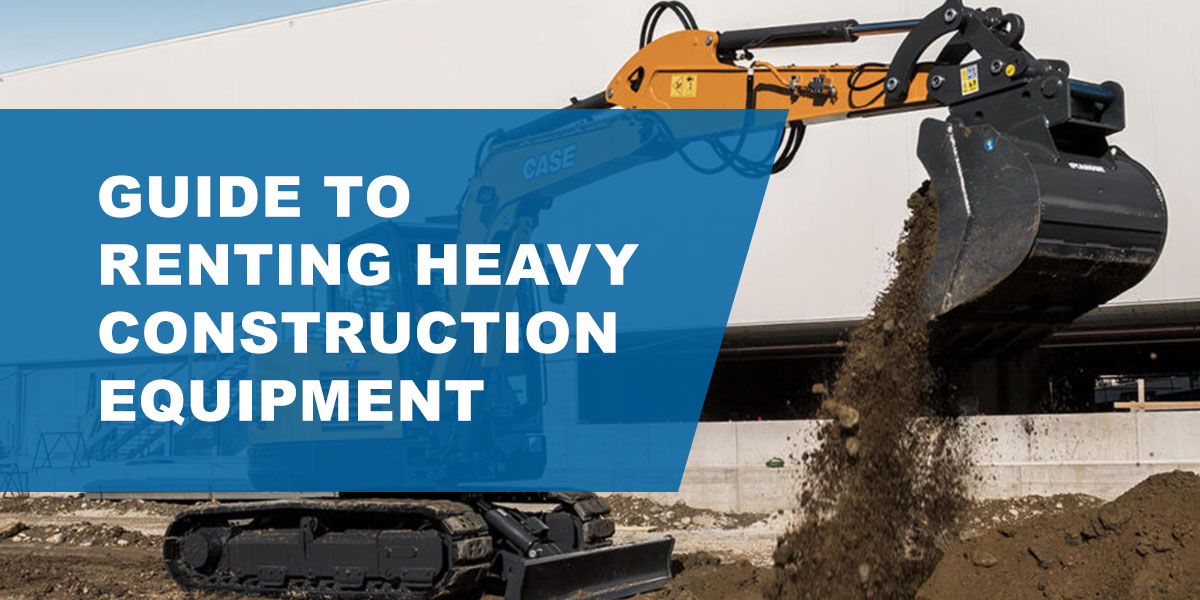Scissor Lift Rental: Safe and Reliable Lifting Solutions
Scissor Lift Rental: Safe and Reliable Lifting Solutions
Blog Article
Optimize Your Spending Plan by Recognizing the Prices Related To Building And Construction Tools Services
Recognizing the complete range of expenses associated with construction devices rentals is essential for maximizing your budget plan. While the first rental cost may appear straightforward, numerous additional expenditures-- such as transport, fuel surcharges, and upkeep-- can swiftly collect, impacting your financial preparation. Being mindful of different charges and the details of rental contracts can help stay clear of unforeseen financial problems. What techniques can be used to successfully manage these prices and guarantee an extra efficient rental experience?
Introduction of Rental Costs
When taking into consideration building equipment services, comprehending the associated prices is critical for reliable budgeting and job planning. Rental costs can differ significantly based on numerous elements, consisting of equipment kind, period of leasing, and area. The initial rental cost usually shows the tools's market demand and its connected functional capabilities, affecting the total expense.
In enhancement to the base rental rate, supplementary prices might occur, such as transport costs, fuel surcharges, and upkeep charges. It is necessary to make up these additional costs to properly assess the total expense of renting out tools. Additionally, the rental period can affect rates; longer rentals may qualify for reduced prices, while temporary services might incur higher everyday costs.

Break Down of Rental Prices
A detailed understanding of rental prices is vital for contractors and job supervisors intending to enhance their budgets. Rental prices for building and construction devices commonly are composed of a number of parts, consisting of base rates, time-based costs, and use fees.
Base prices are the core fees associated with the leasing of the devices, commonly determined by the kind and size of the machinery. These rates can differ considerably, affected by elements such as tools need, availability, and local market trends. Time-based fees, which might be daily, weekly, or monthly, offer to accommodate various project timelines and rental durations.
In addition, rental rates may consist of use fees, which are relevant when equipment is made use of beyond a defined threshold, guaranteeing that the rental firm can make up wear and tear. Seasonal demand variations can also impact rental prices, with peak construction periods typically commanding higher costs.
Moreover, recognizing the rental company's policies concerning upkeep and insurance policy can supply more insight into the overall expense structure. By assessing these parts, service providers can make informed decisions, making certain the choice of rental devices straightens with both task demands and spending plan constraints.
Additional Fees to Think About
Comprehending the ins and outs of extra charges is essential for service providers to manage their overall service costs efficiently. Beyond the standard rental prices, different supplemental charges can dramatically impact the overall cost of tools leasing. These costs often consist of shipment and pickup fees, which can vary based upon range and logistics involved in transporting the devices to and from the job website.
Furthermore, some rental companies might enforce fuel additional charges if the devices is returned with less gas than when rented. It is likewise vital to be mindful of prospective cleansing charges, specifically for specialized devices that requires thorough maintenance after usage.

Extensively assessing the rental arrangement and clarifying these additional fees upfront can assist specialists guarantee and prevent unforeseen expenses that budget plans stay undamaged throughout the task lifecycle.
Upkeep and Fixing Expenditures
Normal upkeep and repair service expenditures are often forgotten aspects that can dramatically affect the overall price of building and construction tools leasings. When renting devices, it is important to think about not only the rental fees yet likewise the prospective costs associated with maintaining the machinery in optimal operating problem.
Lots of rental business include standard visit this site maintenance as part of the rental arrangement; nonetheless, much more comprehensive fixings or unforeseen break downs can bring about extra expenditures. It's important to examine the rental contract very carefully to understand what upkeep solutions are covered and what obligations fall on the tenant.
Furthermore, devices that is not well-maintained can cause inefficiencies at work site, potentially boosting and creating delays job prices. To mitigate these dangers, it is advisable to carry out normal inspections and preserve open interaction with the rental service provider pertaining to any issues that develop throughout usage.
Insurance Coverage and Liability Costs
Insurance coverage and responsibility prices are crucial elements that can dramatically impact the overall cost of building tools rentals (dozer rental). These expenses ensure that both the rental business and the client are shielded from possible monetary losses occurring from accidents, damages, or burglary throughout the rental duration

In addition, clients need to be conscious of any kind of deductibles or exclusions in the insurance coverage, as these can influence prospective out-of-pocket expenditures. Understanding the terms and problems of any insurance policy coverage is crucial to avoid unforeseen prices. Ultimately, budgeting for insurance policy and liability costs can aid guarantee a smoother rental next page experience and shield heavy equipment rental near me against monetary risks connected with building and construction jobs.
Verdict
In verdict, a thorough understanding of the expenses connected with construction equipment services is crucial for reliable budget plan management. Ultimately, educated decision-making pertaining to devices leasings contributes to the overall success of building and construction ventures.
Rental expenses can differ significantly based on numerous elements, including tools type, duration of rental, and place (boom lift rental). The rental duration can affect rates; longer leasings may certify for discounted prices, while short-term services might sustain higher day-to-day charges
By performing complete research study and involving with reliable rental business, contractors can properly navigate the intricacies of rental pricing, inevitably maximizing their economic resources.
Beyond the basic rental prices, different supplemental charges can substantially impact the total cost of tools leasing. Rental firms typically give liability insurance policy that covers injuries to 3rd parties or damage to building, while equipment damage insurance can cover the expense of repair services or substitute if the rented out equipment is damaged.
Report this page